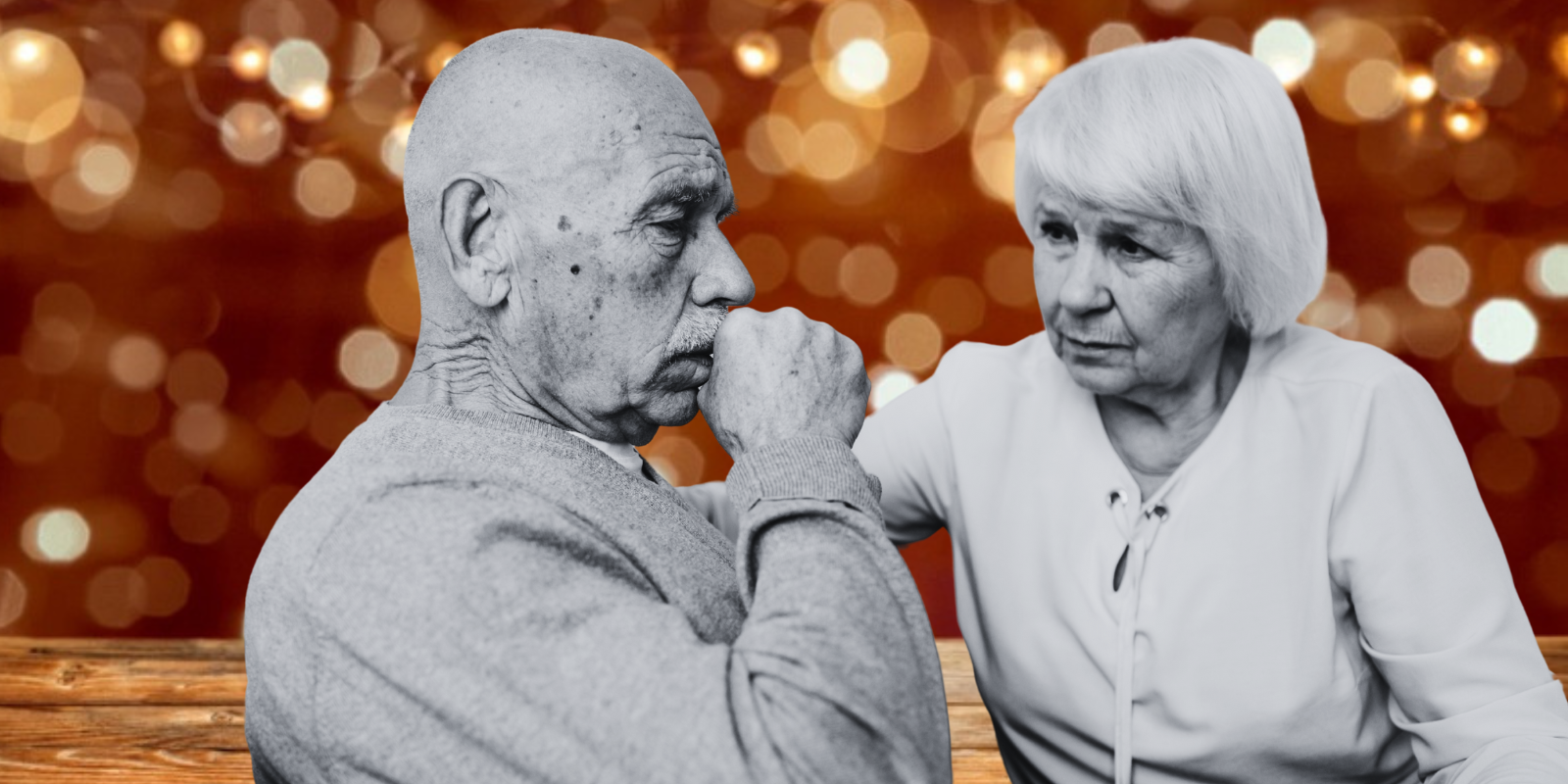Cancer impacts people from lesbian, gay, bisexual, transgender, and queer communities differently from other people – and there’s still a long way to go to understand those differences.
A 2023 analysis of a 2017-2021 survey of 139,000 U.S. adults by the U.S. Centers for Disease Control and Prevention found that lesbian women were 2.26 times more likely to be diagnosed with cancer than heterosexual women, and gay men were 1.73 times more likely than heterosexual men to be diagnosed with cancer.
The CDC analysis reported higher prevalence of cancer of the cervix, uterus, ovaries, thyroid, bones, skin/melanoma, leukemia, and other blood cancers among lesbian and bisexual women than among heterosexual women, and higher prevalence of cancers of the bladder, kidneys, skin (non-melanoma, and other kinds), bones, lymphoma, and leukemia among gay and bisexual men than among heterosexual men.
Other research – including a report published May 31 by the American Cancer Society (ACS) – points to a host of factors that could lead to worse cancer outcomes for LGBTQ+ people, including discrimination, stigma, fear, and behavioral risk factors.
“It’s a new field,” says Miria Kano, PhD, who joined the University of Colorado Cancer Center in August 2023 as associate director for Diversity, Equity, Inclusion, and Access. “It’s really just over the past 10 or 20 years that we started to focus on cancer disparities among LGBTQ+ people.”
→ Addressing Cancer Disparities Among Minorities is a Mission for the CU Cancer Center
Kano and Nelson Sanchez, MD, of Memorial Sloan Kettering Cancer Center in New York, in 2022 presented an overview of research into cancer disparities among LGBTQ+ people, who they said are more likely to experience elevated rates of cancer-risk factors such as tobacco use, alcohol use, and HIV; lower rates of cancer screening; lower satisfaction with cancer treatment; gaps in patient-provider communication; and higher rates of psychological distress in survivorship when compared to their heterosexual, cisgender counterparts.
LGBTQ+ people also are more likely to experience unemployment, lack access to health care, and delay health care critical to detecting or preventing cancer when compared to heterosexual, cisgender counterparts, due in large part to prior experiences of stigma and discrimination in health care settings, the ACS says.
And Kano cites a lack of LGBTQ+-specific cancer research. She notes that it wasn’t until 2016 that the National Institutes of Health formally designated sexual and gender minorities as a health-disparity population for research purposes.
With Pride Month underway, we turned to Kano for a better understanding of the cancer challenges LGBTQ+ people face, and the work that lies ahead for better outcomes in these communities.
Photo at top: The 2023 Pride Parade on the CU Anschutz Medical Campus. Photo by Jewel Midelis | CU Anschutz





